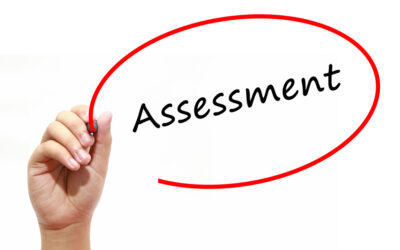In today’s demanding business environment that rewards flexibility, speed, quality, efficiency, effectiveness and innovation, a strategically competitive middle- and back-office strategy and its operational execution can be a roadmap to achieve sustainable competitive advantage. Business Process Management (BPM) helps an asset management company achieve these characteristics in the components of its value chain. Applying the BPM discipline achieves measurable process improvements that lead to organizational performance improvements in the middle- and back-office.
Middle- and BACK-OFFICE challenges

























